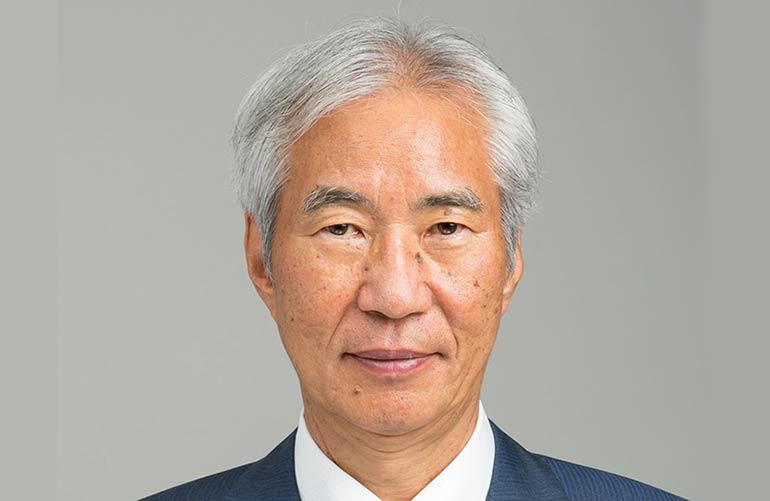Daikin looks to replace R32 in 2023
15th May 2019
JAPAN: Daikin hopes to introduce a low GWP refrigerant replacement for the current R32 in air conditioners in 2023.
UPDATE – 28 May 2019: Daikin: “R32 alternative some years away”
Announcing the air conditioning manufacturer’s latest financial figures last week, president and CEO Masanori Togawa told Japanese journalists that the company was employing AI technology to develop a new refrigerant with a GWP of 10 or less. This, he hoped, would be introduced in 2023.
Predicting it would be a “groundbreaking” refrigerant, he did, however, indicate that, like R32, it would be a “mildly flammable” A2L.
Plans for a new refrigerant are not unexpected. R32 was only ever perceived by Daikin as a medium-term solution in the drive to reduce air conditioning’s contribution to global warming.
Daikin is unique in being both a refrigerant producer and an air conditioning manufacturer. While the company has not had a major history of refrigerant development, it has been a major influence in the adoption of new gases .
Daikin was the pioneer in introducing R32 as a lower GWP replacement for R410A, a move which has since been followed by most major air conditioning manufacturers. It is also the main supplier of R407H, a lower GWP replacement for R40A in existing refrigeration systems.
There has also been a significant investment in resources available in this area and recently strengthened its refrigerant research personnel from 10 to more than 50. In 2015, it also gained a European manufacturing base with its purchase of Solvay’s German-based refrigerant business.
There is no indication what this refrigerant might be, but one suspects it will either be a pure HFO or, more likely, an HFC/HFO blend. Both R1234yf and R1234ze have previously been considered as potentials.
Related stories:
Is this the future for air conditioning? – 19 November 2018
USA: The development of a high speed compressor working with a low pressure refrigerant could herald a low gwp, non flammable future for air conditioning. Read more…







